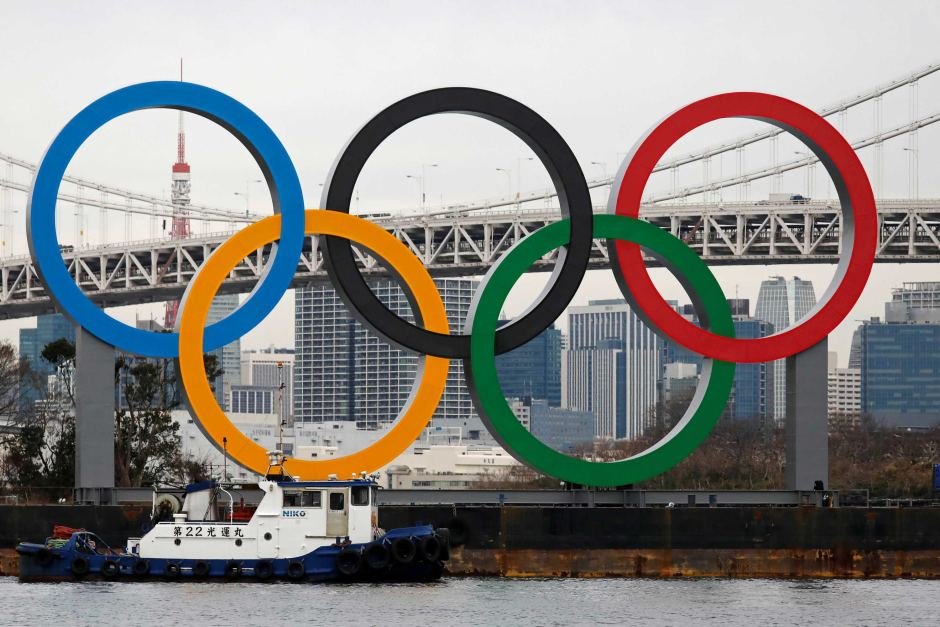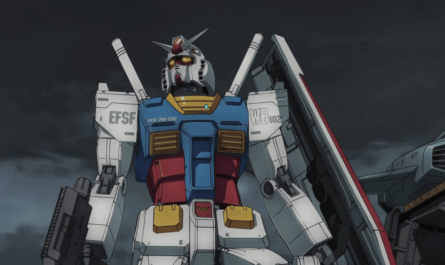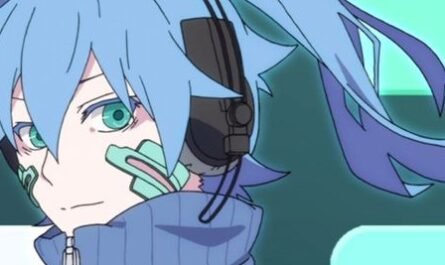Following the Tokyo Olympics, which recorded a favorable audience rating, the Tokyo Paralympics will start on the 24th. NHK plans to broadcast more than 500 hours, which is the longest ever. At the same time, there will be no spectators in principle except for watching school games, and commercial broadcasters will also broadcast some competitions live for the first time to liven up watching TV games. Since many competitors are unfamiliar to viewers, each station also broadcasts related programs in advance that convey the appeal of para-sports. We will also focus on creating programs that everyone can enjoy, such as using reporters with disabilities and devising subtitles.
NHK, which has been broadcasting the Paralympics since the increasing “match broadcast” Nagano tournament (1998), this time, including related programs, is about 200 hours on general / E-tele, about 180 hours on BS1, and about 80 on BS4K / 8K, respectively. We plan to broadcast more than 500 hours in total. We also produce many related programs to let people know about parasports and athletes.
Of these, “Ani x Para,” a particular version that will be broadcast on the 20th, is an anime program that conveys the appeal of the para competition. Famous manga artists, screenwriters, and musicians such as Yoichi Takahashi of “Captain Tsubasa” and Tetsuya Chiba of “Ashita no Joe” have produced short anime works that introduce parasports.
The special edition introduces these works, and the artists talk about their expectations for the tournament. The broadcast of the game, in addition to the opening ceremony on the 24th and the closing ceremony on September 5, land, swimming, wheelchair basketball, etc., will be broadcast.
The competition in which Japanese players have won will also be broadcast. Commercial broadcasters are also planning broadcasts and highlight programs of high-profile games such as wheelchair basketball and swimming. According to the National Association of Commercial Broadcasters of Japan (National Association of Commercial Broadcasters), this is the first time that the parasports will be broadcast live in earnest. Fuji TV will also post a unique program just before the opening from 2:00 pm on the 22nd.
UniversalBroadcasting is also a substantial NHK related program, and reports during the tournament are expected to play an active role for persons with disabilities. Yuki Goto with severe hearing loss, Erina Chiba with cerebral palsy, Daishin Mikami with upper left limb dysfunction. Mr. NHK’s policy is to “want people with disabilities to participate in para-broadcasting,” Since 2017, they have been interviewing and reporting on para-competitions to prepare for the competition. NHK will also focus on “universal broadcasting,” which can be enjoyed by viewers with disabilities.
There was no sign language interpreter at the opening ceremony of the Tokyo Olympics, but a sign language interpreter will be provided at the para-opening and closing ceremony. In addition, the live information program “Asa Navi,” which introduces the hottest competitions and athletes of the day, will incorporate “perfect subtitles” that match the subtitles with the broadcast content.
In live broadcasting, where subtitles are input after listening to the audio, the subtitles are displayed with a delay and deviate from the broadcast content. “Fit subtitles” delay the program’s broadcast by 30 seconds so that the audio and subtitles can be viewed simultaneously. In addition, NHK’s live Internet distribution will include “sign language CG live commentary,” CG (computer graphics) characters convey the live commentary in sign language, about one game per day—watching the game, taking root? At the Tokyo Olympics, the style of watching the game via Internet distribution became a hot topic.
At a meeting during the Olympics, Timo Lumme, director of television marketing at the International Olympic Committee (IOC), the number of viewers of digital distribution at the Tokyo Olympics would be the highest ever, “Tokyo is the first streaming.
It was described as “the Olympics.” According to NHK, the number of viewers of the NHK Plus video, which is distributed simultaneously and overlooked by the same station, in the week of the opening ceremony of the Olympics and the following week has increased nearly three times compared to the average from April to June, and registration applications have also been made.
It is said that it has increased. Will this momentum continue at the Paralympics? As with the Olympics, “NHK Plus” will deliver a para-relay by removing the confirmation message of the reception contract that generally appears on the screen unless you register as a member. On the unique site, live distribution will be enhanced, including competitions that were not broadcast.











